Yoga Blog
Elevate Your Yoga Practice: Integrating Conscious Breath for Deeper Poses
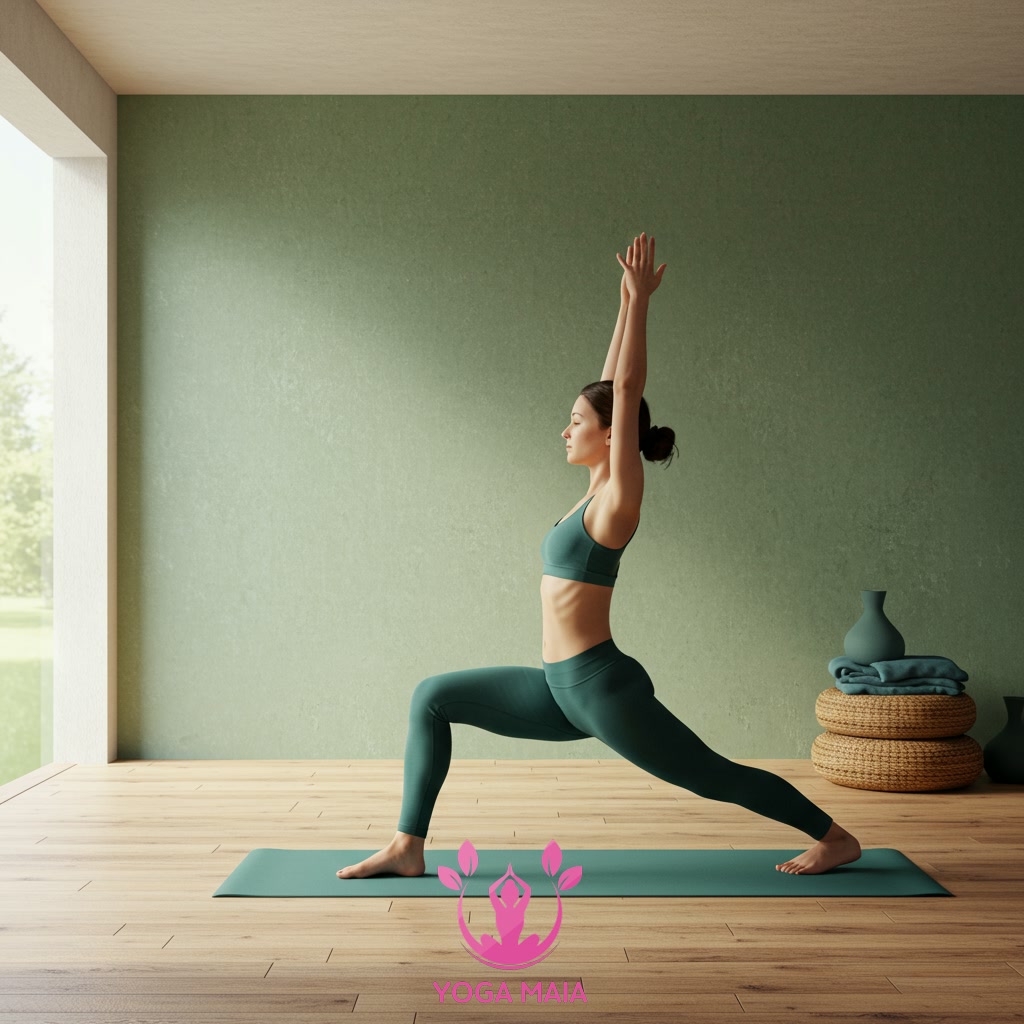
This content explores how integrating conscious breath can significantly enhance your yoga practice. By focusing on breath awareness, practitioners can unlock greater depth and stability within yoga poses. It provides techniques for using conscious breathing to improve flexibility and body control. Mastering the connection between breath and movement is key to progressing in your yoga journey.
Table of Contents
- Section 1: Why Breath is the Foundation of Yoga
- Section 2: Understanding Conscious Breathing (Pranayama Basics)
- Section 3: Connecting Breath to Movement and Flow
- Section 4: Utilizing Breath to Deepen Specific Poses
- Section 5: Beyond Physical Depth: Mental and Emotional Benefits
- Section 6: Integrating Breath: Tips for Consistent Practice
Section 1: Why Breath is the Foundation of Yoga
In yoga, breath, known as Prana, is far more than just the act of inhaling and exhaling; it is the vital life force and the true foundation upon which the entire practice rests. While asanas (poses) are often the most visible aspect, it is the conscious connection to the breath that anchors the practitioner, linking mind, body, and spirit. This awareness provides stability, presence, and a sense of grounding in every posture. By consciously controlling and deepening the breath, practitioners cultivate inner stillness, improve focus, and build the internal support necessary to explore the physical depths of their practice safely and effectively. Understanding and utilizing the breath unlocks the deeper dimensions of yoga, making it a truly holistic discipline.
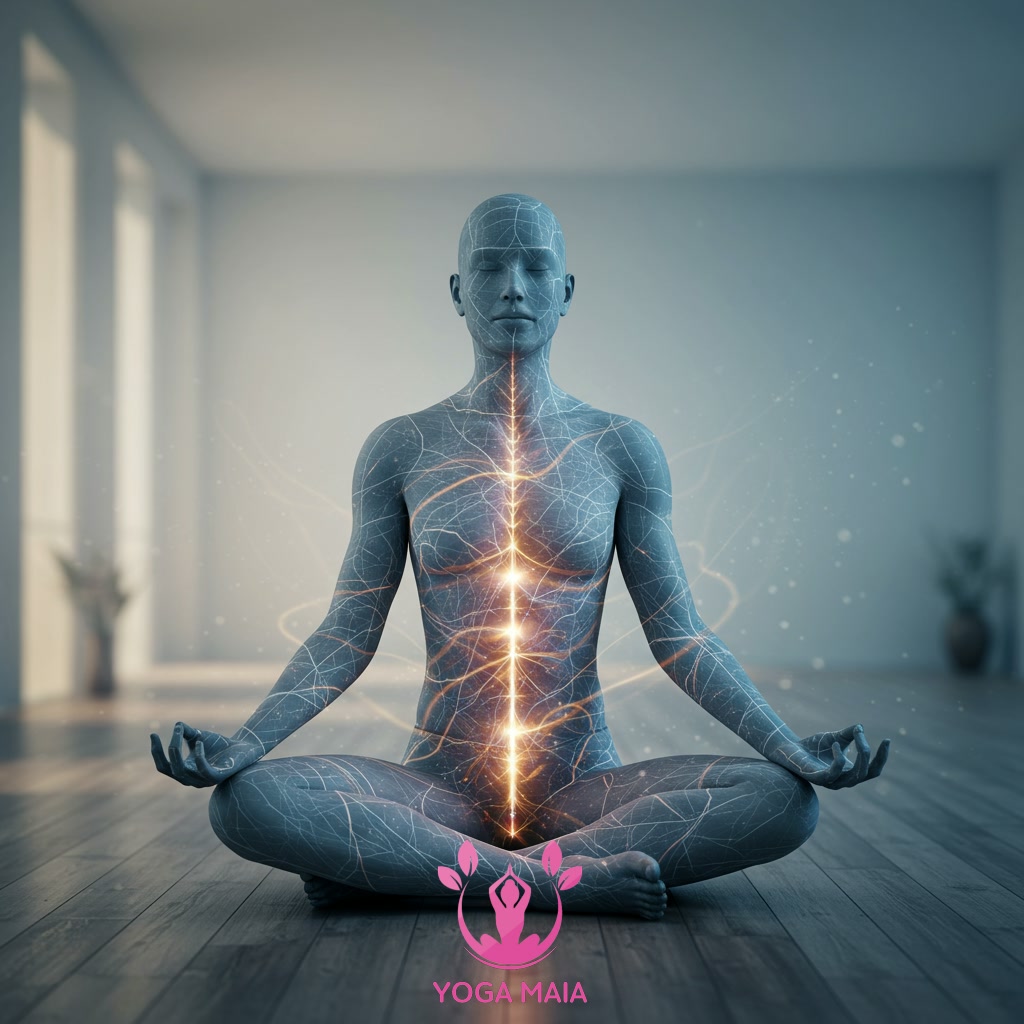 Why Breath is the Foundation of Yoga
Why Breath is the Foundation of Yoga
Section 2: Understanding Conscious Breathing (Pranayama Basics)
Building on the understanding of Prana as the vital life force introduced previously, Pranayama is the formal practice of breath control and expansion of this energy. Understanding conscious breathing means moving beyond automatic respiration to deliberate awareness and regulation of the inhale, exhale, and sometimes the pauses between. This fundamental aspect of yoga teaches us to observe the breath without judgment, noticing its rhythm, depth, and quality. By bringing conscious attention to the breath, we begin to influence our nervous system, cultivating a sense of calm, focus, and presence. Basic Pranayama involves simple techniques like observing the natural breath (Sahaja Pranayama) or extending the inhale and exhale, laying the groundwork for more complex practices and deepening the connection between mind, body, and spirit within your yoga journey.
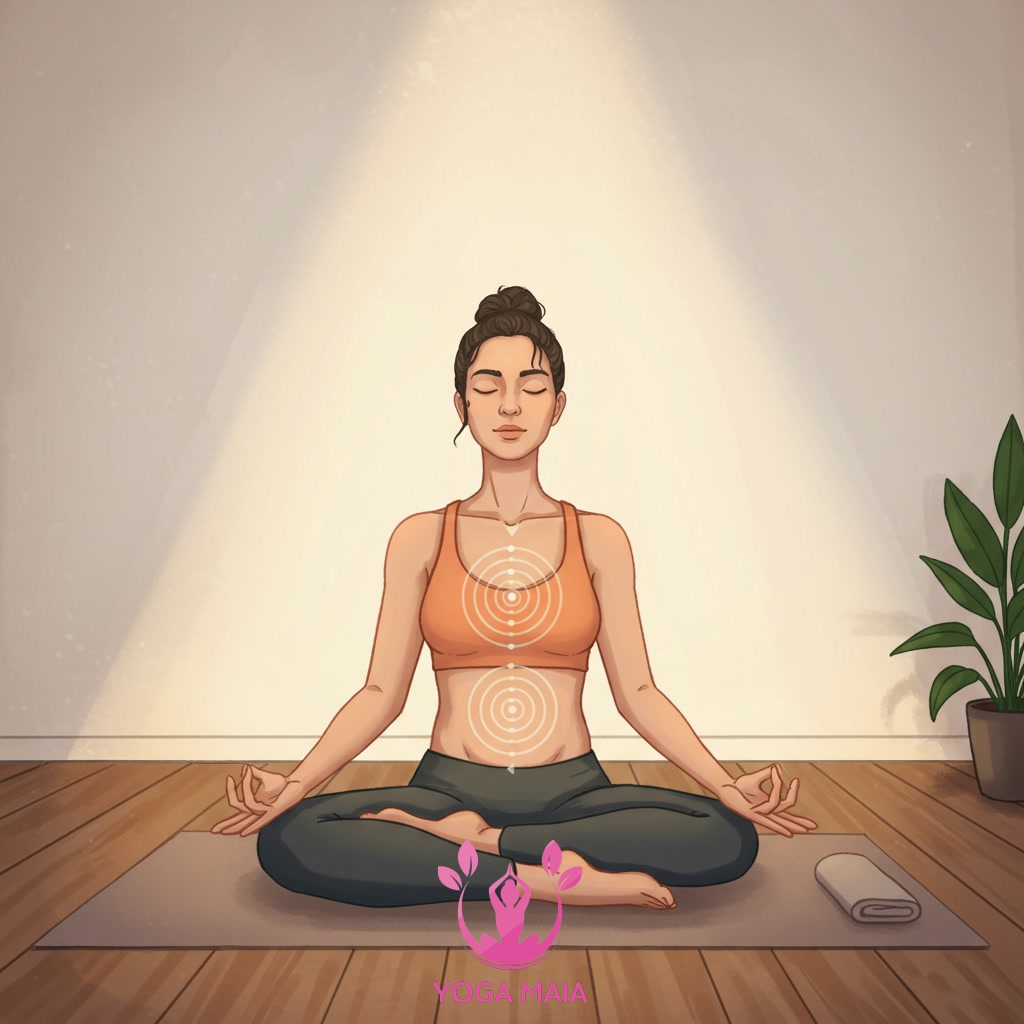 Understanding Conscious Breathing (Pranayama Basics)
Understanding Conscious Breathing (Pranayama Basics)
Section 3: Connecting Breath to Movement and Flow
Building on the understanding of Prana as the vital life force introduced previously, Pranayama is the formal practice of breath control and expansion of this energy. Understanding conscious breathing is the foundation, and the next crucial step is actively connecting this breath to your physical movements and transitions within your yoga practice. Rather than holding your breath or breathing shallowly, synchronize your inhale with expanding movements, like lifting into a pose or lengthening the spine. Coordinate your exhale with contracting or deepening actions, such as folding forward or twisting. This deliberate connection enhances stability, improves flexibility by allowing muscles to relax into stretches on the exhale, and creates a fluid, meditative flow between poses. Mastering this breath-movement link transforms your practice from a series of static shapes into a dynamic, integrated experience, allowing you to access deeper variations of postures with greater ease and awareness.
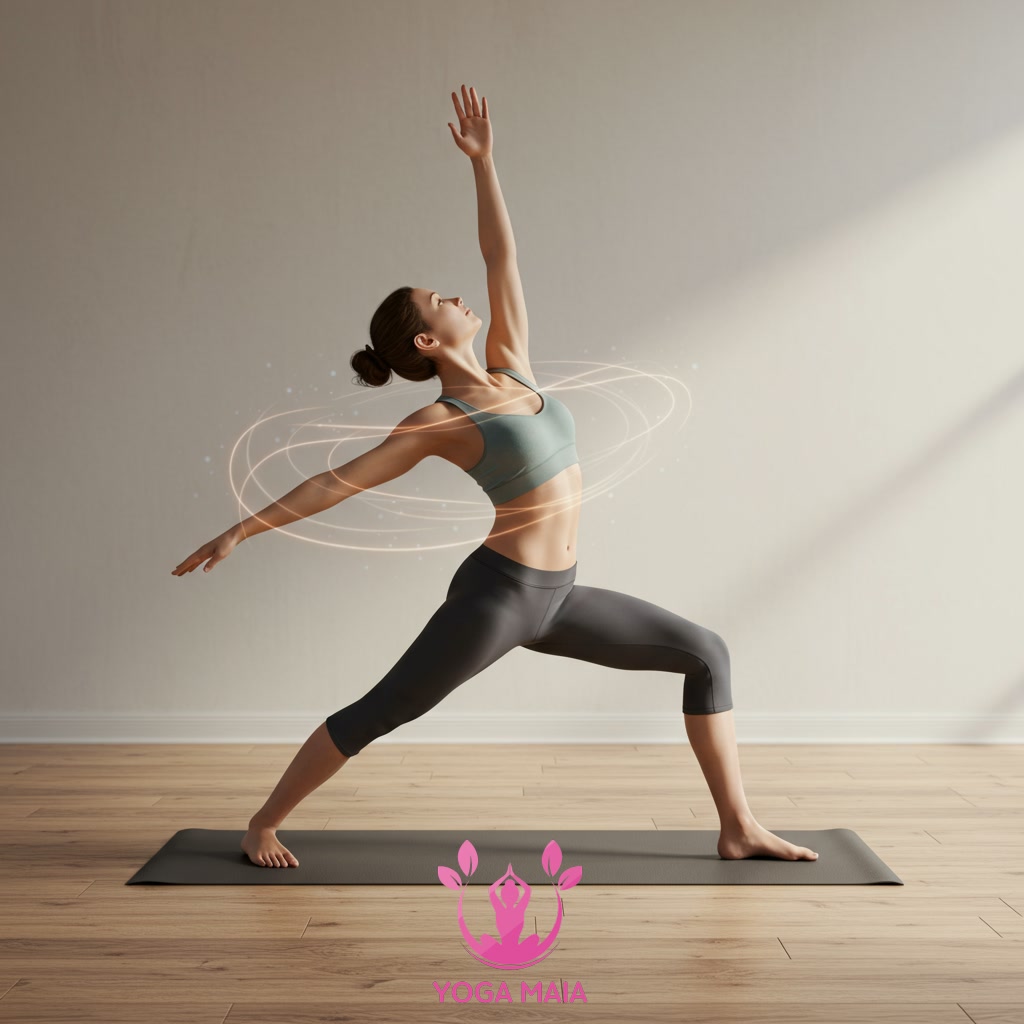 Connecting Breath to Movement and Flow
Connecting Breath to Movement and Flow
Section 4: Utilizing Breath to Deepen Specific Poses
Building upon the foundational understanding of conscious breathing, we now explore its practical application within specific yoga asanas. By intentionally coordinating breath with movement, you can unlock deeper physical and energetic potential in each pose. For instance, during exhalations, cultivate a sense of release and surrender, allowing gravity and muscular relaxation to guide you further into stretches like forward folds or hip openers. Conversely, use inhalations to create space and length, rooting down while extending upwards in standing poses or elongating the spine in twists. This mindful synchronization of breath and posture not only increases flexibility and stability but also centers your focus, transforming a physical exercise into a moving meditation and enabling a more profound connection with your body’s sensations and limits.
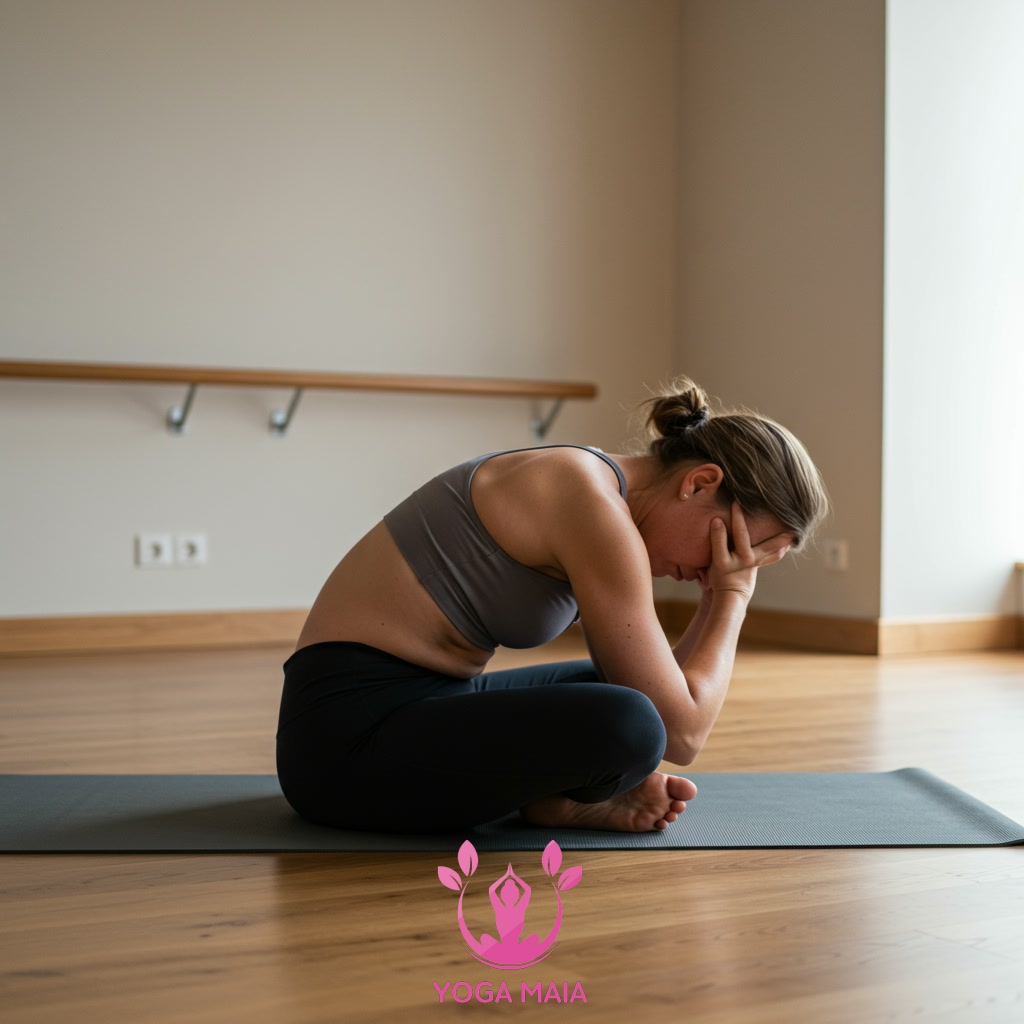 Utilizing Breath to Deepen Specific Poses
Utilizing Breath to Deepen Specific Poses
Section 5: Beyond Physical Depth: Mental and Emotional Benefits
Moving beyond the physical benefits explored previously, integrating conscious breath profoundly impacts your mental and emotional landscape. By consciously focusing on the rhythm and depth of your breath, you create an anchor that draws your awareness inward, away from external distractions and internal chatter. This practice cultivates a sense of calm, helping to quiet a busy mind and reduce feelings of anxiety or stress. As you deepen your connection to your breath, you also become more present and aware of your emotional state without judgment. This heightened self-awareness fostered by mindful breathing allows for a more balanced and centered approach to both your practice on the mat and challenges off the mat, leading to greater emotional regulation and inner peace.
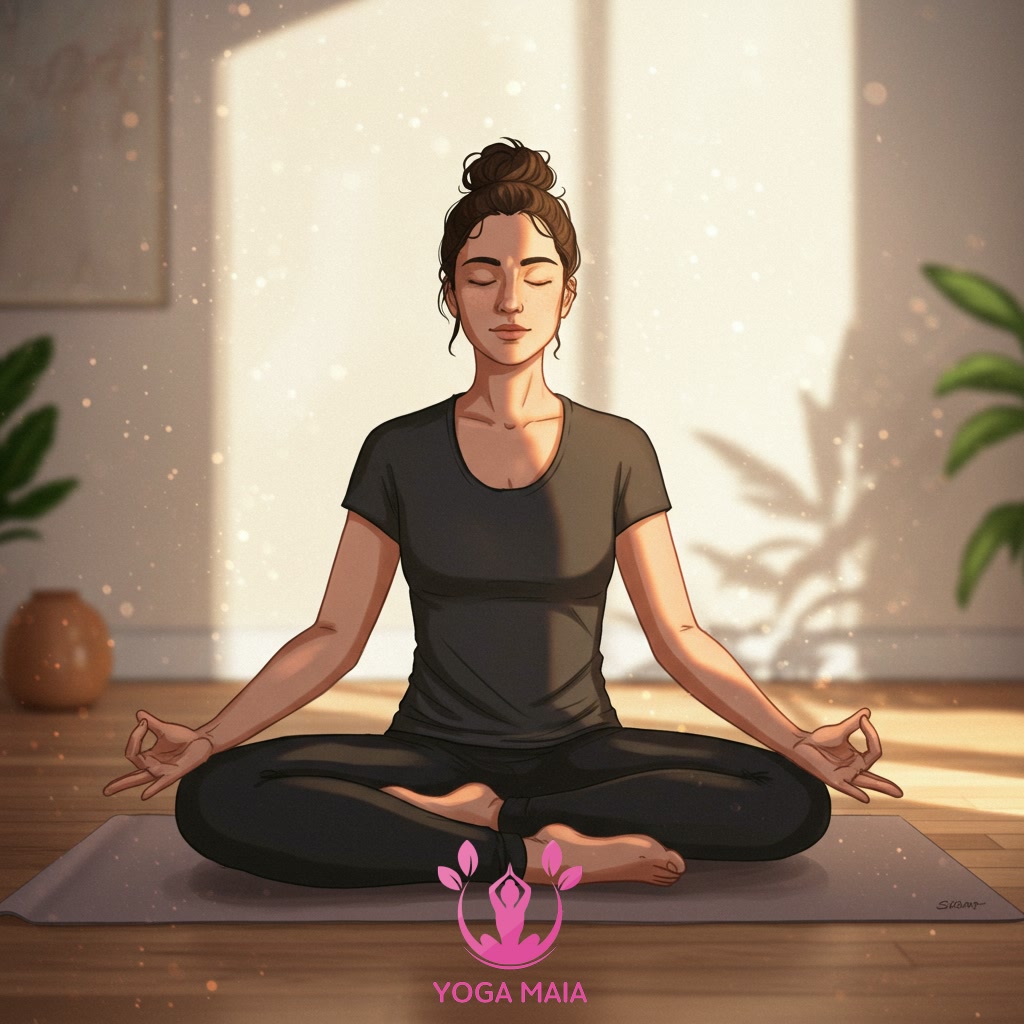 Beyond Physical Depth: Mental and Emotional Benefits
Beyond Physical Depth: Mental and Emotional Benefits
Section 6: Integrating Breath: Tips for Consistent Practice
Making conscious breath a consistent part of your yoga practice requires intention and simple strategies. Start by dedicating just a few moments at the beginning and end of each session to solely focus on your breath, noticing its natural rhythm without trying to change it. Gradually, integrate breath awareness into specific poses; for instance, consciously inhaling as you lengthen and exhaling as you deepen into a stretch. Practice linking breath to movement during flow sequences, allowing the breath to guide the transition between postures rather than just accompanying it. Consider setting a gentle reminder before practice to bring your attention inward to your breath. Patience is key; consistency over intensity builds this vital connection, transforming your physical practice into a more mindful and integrated experience.
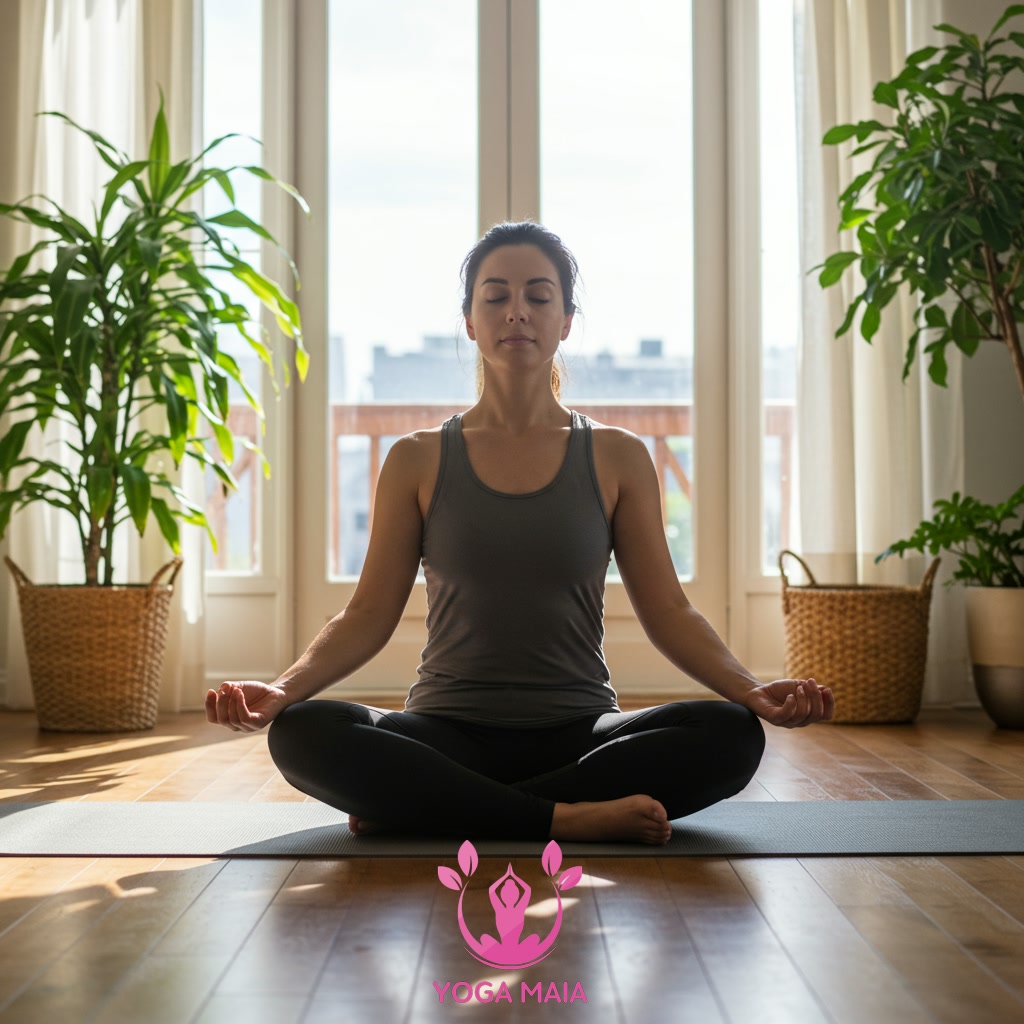 Integrating Breath: Tips for Consistent Practice
Integrating Breath: Tips for Consistent Practice












